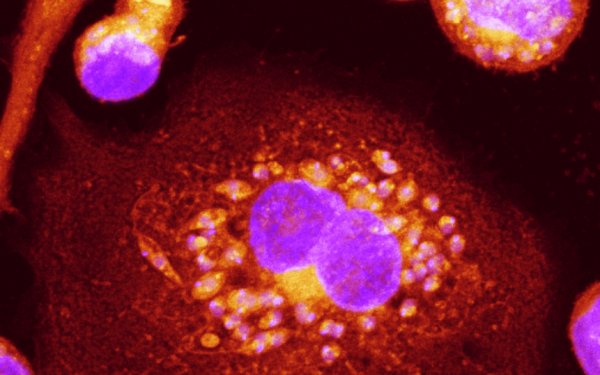Overview
Visceral leishmaniasis (VL) is a debilitating, and if left untreated, fatal neglected tropical disease (NTD) causing an estimated 50,000 to 90,000 infections per year in poverty-stricken populations. There is an urgent need for effective, safe, affordable, and field-adapted treatments for VL. Current World Health Organization (WHO) treatment guidelines recommend different treatment regimens in the Indian subcontinent and the Eastern part of Africa based on varying regional treatment efficacy results.

The many components of drug efficacy need to be identified and measured, and treatments must be tailored to take account of parasite susceptibility and efficacy in patient sub-populations such as children, malnourished patients, and patients co-infected with HIV. However, clinical trials enrol relatively small numbers of patients over dispersed geographic regions, making treatment optimisation and registration a challenge.
Like many diseases of poverty, treatment decisions for visceral leishmaniasis (VL) patients are informed by limited evidence due to the scarcity of resources. Giving patients the best treatment depends on bringing together all the global data so that researchers can perform more comprehensive analysis to better understand how to fight this infection.
General information:
Find out more about Visceral Leishmaniasis

